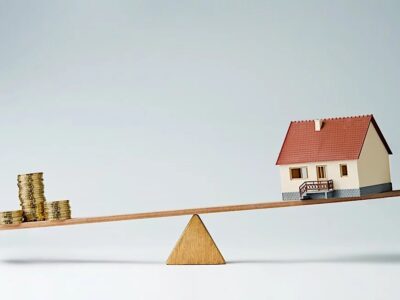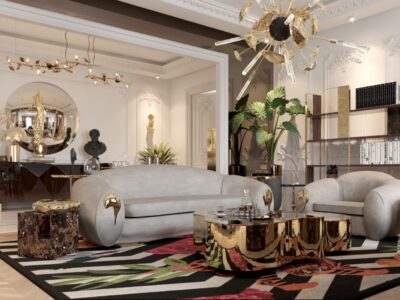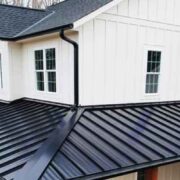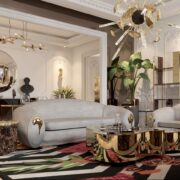
The uniqueness of timber cladding has caught the interest of every architect, engineer, home designer, and especially homeowners in redefining the features of their homes. In recent years, this traditional practice has experienced popularity and a resurgence among home enthusiasts. Timber cladding is a well-known technique of using wood strips made out of wood boards designed specifically to cover the exterior walls of a certain building. It has been a popular choice for creating sustainable and stunning building exteriors.
We will delve deeper into timber cladding, exploring its various types, installation methods, maintenance practices, and inspiring design ideas. From studying the different wood species used in cladding to understanding the technical aspects of installation, we will provide a comprehensive guide to help you make informed decisions when considering timber covering for your next building project. Whether you are an architect seeking inspiration or a homeowner looking to enhance the beauty and sustainability of your property, timber cladding offers an exciting avenue to explore.
Why Choose Timber Cladding?
The natural aesthetic appearance of timber cladding makes it more unique and irresistible, and it is indeed difficult to replicate with other materials, making it more memorable for every home enthusiast. Over the years, wood has been creating a visually appealing facade that adds more character and charm to any building. That is why there are many compelling reasons why timber cladding has been the most popular and advantageous choice when it comes to building exteriors. Choosing this for a building exterior has many benefits, including a visually appealing aesthetic appearance, durability, sustainability, and a reduction of environmental impact during construction.
Four Popular Cladding Type Specifications
1. Timber Cladding
Cladding made of wood is a great material for creating environmentally friendly and aesthetically appealing exteriors of structures since it has environmental responsibility, longevity, and insulating qualities. The timber covering gives a building a warm, natural appearance that improves its sense of style. It is well-liked for its adaptability and ability to be tailored to fit many types of architecture. As we have already indicated, timber cladding consists of panels or panels of solid wood covering a building’s exterior surfaces.
2. Blackbutt Hardwood Cladding
The natural splendour of this particular wood species, which has an even light to medium brown colour with sporadic touches of pink, is displayed by blackbutt wooden sheathing. Blackbutt hardwood is a particular kind of wood that is frequently used for cladding. It is an indigenous Australian hardwood prized because of its toughness, longevity, and lovely beauty. It complements modern and classic building forms and creates a cosy, welcoming look. As timber cladding, Blackbutt cladding is a popular option for outdoor use because of its durability and resiliency to deterioration.
3. Feature Timber Cladding
Decorative lumber siding can be used on roofs, entranceways, or other prominent areas for a stunning and distinctive physical appearance. Feature timber cladding allows for architectural flexibility while giving the structure more personality and charm. It was a limited application of wooden panelling to draw attention to particular structural aspects or regions. It includes using timber cladding as a focal point and design feature to provide aesthetic appeal and focus attention on specific portions of the organisation.
4. External Vertical Cladding
This method can give the exterior of a structure an aesthetically pleasing and sophisticated appearance while also providing interest and substance. The application of cladding materials to the outer walls of a building in a vertical orientation is referred to as external vertical cladding. Several materials, whether wood, metal, fibre cement-based material, or composite sheets, may be employed to clad vertical surfaces. It allows for creative adaptability and can be utilised to enhance various building designs.
Application of Different Cladding Types in Homes
The cladding made of wood has many uses in residential architecture and improves the visual appeal and practical utility of homes. Here are a couple of typical locations where wood cladding is used:
1. Gables and Dormers
Homeowners can make these architectural components distinctive and endearing by covering them in timber. Timber cladding can draw attention to gables and dormers, highlighting them and giving the roofline more visual character.
2. Porticos and Entranceways
The siding made of wood offers an additional element of organic appeal. It establishes the mood throughout all design aspects, regardless of whether it is used on the entryway, the porch columns, or the complete entrance superstructure. Timber cladding can make a home’s entrance more attractive and welcoming.
3. Fences and Gates
Homeowners can establish a unified and visually arresting barrier that matches the rest of the property’s design by choosing wooden panels for fencing and gates. Timber cladding can be used in fence and gate construction to offer seclusion, security, and a unified aesthetic to the entire property.
4. Exterior Walls
Cladding made of wood is frequently used to encase a home’s outside walls, producing a visually arresting facade. The covering of wood can either cover the entire outside or be used sparingly to draw attention to certain architectural details. It may drastically alter an object’s appearance, improving its pedestrian appeal and imparting warmth and character. While keeping a unified aesthetic, this application adds a coordinating architectural feature and protects the underside of the roof.
Summary
Exterior wood cladding is still popular for architects, designers, and householders looking to construct environmentally friendly and aesthetically appealing exteriors for buildings because of its ageless charm. The siding made of wood combines aesthetically pleasing qualities with environmental sustainability, toughness, and adaptability. It enhances the aesthetic appeal and individuality of the building while also promoting sustainability and going green.











